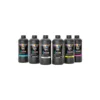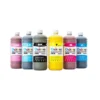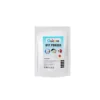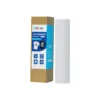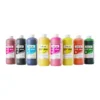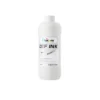How Long Can You Store DTF Films?
Typically, DTF films can last from 9 months to approximately 2 years. However, actual shelf life varies considerably depending on how and where you store them. Factors such as environmental changes and handling practices significantly influence the film’s longevity. If storage conditions fluctuate—such as moving films to a different location—these changes can shorten the usable lifespan of your DTF films.
For more information about DTF film, please refer to: What is DTF PET Film and Its Uses?
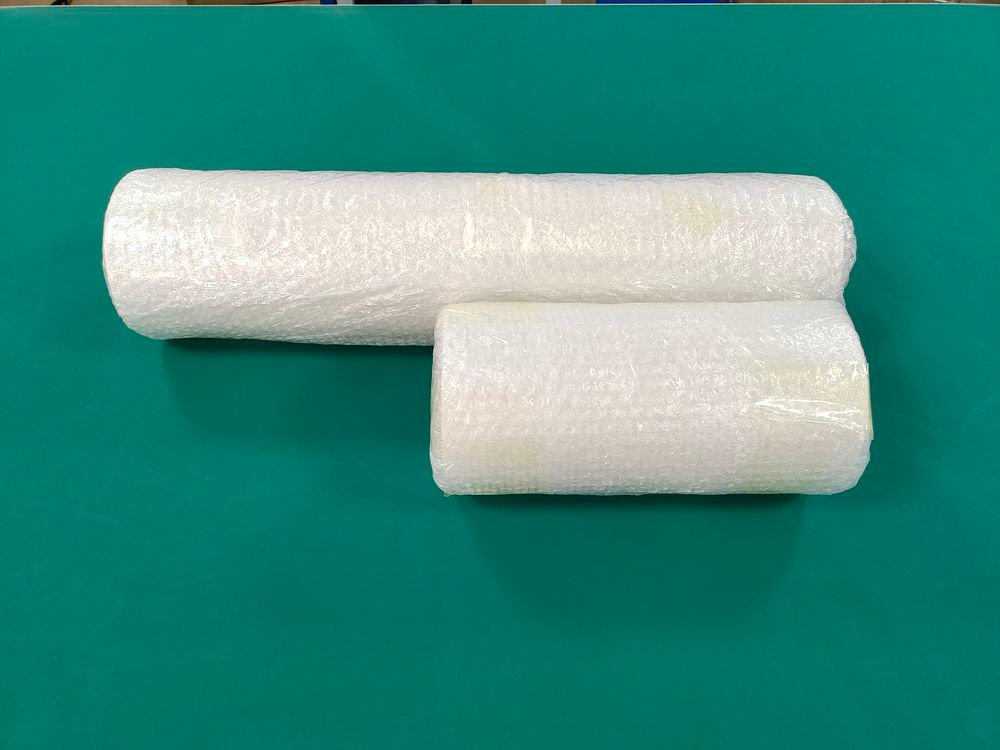
Essential Tips for Storing DTF Films
Proper storage ensures that your DTF films remain in top condition until you’re ready to use them. Here are the most effective storage methods:
Keep Films Sealed and Protected
Store films in sealed packaging to prevent contamination from dust, oils, and other particles. Ensure they are stored flat to prevent curling, avoiding unnecessary squeezing or collisions.
Maintain Optimal Temperature
The ideal storage temperature for DTF films is between 15°C and 25°C. Extremes in temperature can lead to material embrittlement or weaken adhesive properties, compromising print quality.
Control Humidity Levels
Aim to maintain a relative humidity of 40% to 60%. Excessive humidity may cause moisture absorption, negatively impacting the film’s coating stability and printing results. Using a dehumidifier during humid seasons can help manage moisture levels effectively.
When the film is not dry enough, it is possible for the film to “grease back” during actual use. If you want to know more about this phenomenon, please read on: What is the DTF Film Oil Return Phenomenon
Avoid Direct Exposure to Sunlight
Sunlight can degrade the DTF film’s coating, causing discoloration or deterioration. Store films in a dark, shaded area to preserve their quality.
Prevent Chemical Exposure
Keep films away from strong acids, bases, and volatile chemical substances. Chemical reactions can damage the film’s coating, affecting both print adhesion and overall film quality.
Store Films Horizontally
Always place films flat and horizontally, ensuring no heavy items rest on them. Improper storage may result in curled films, causing issues like feeding difficulties and distorted prints.
Monitor Shelf Life
Regularly review your inventory, prioritizing older films for use first. Being mindful of expiration dates ensures optimal print results and reduces waste.
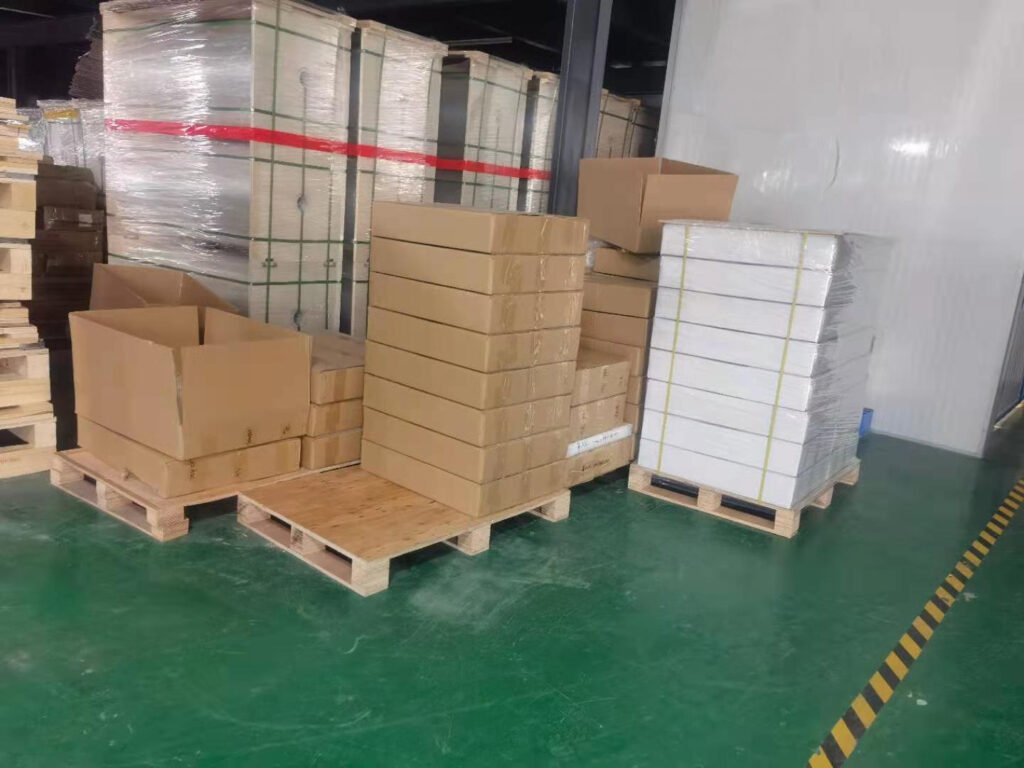
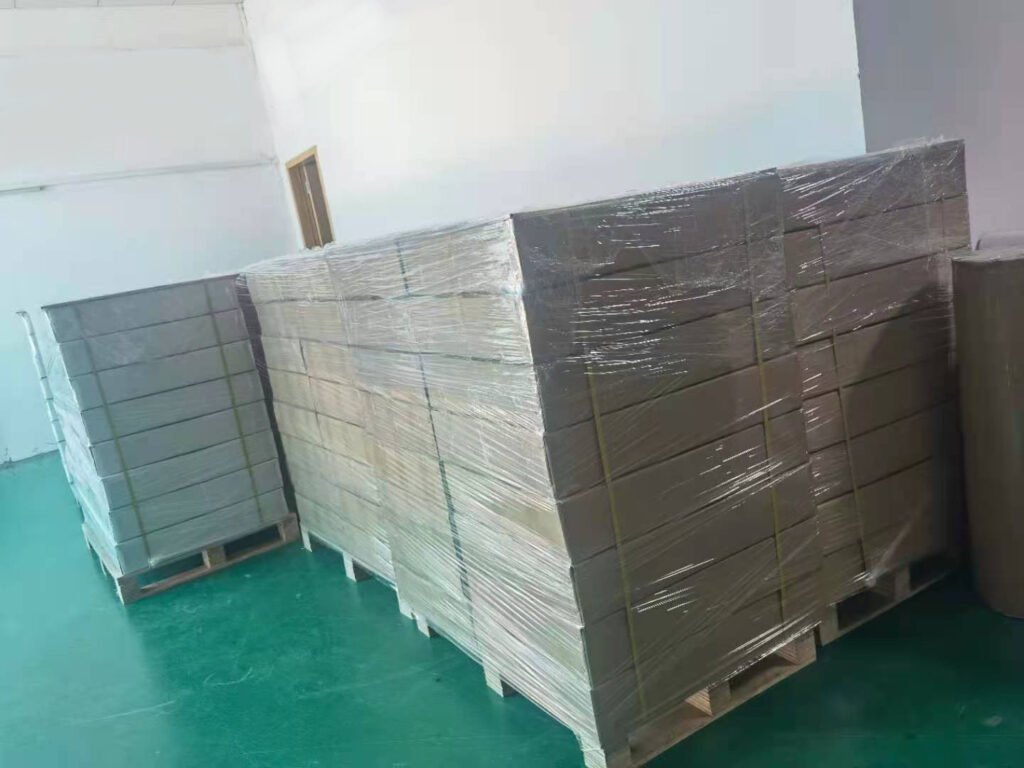
How to Determine if Your DTF Films are Still Usable
If you’re unsure whether your stored DTF films remain effective, here are several quick tests:
- Visual Inspection: Examine films for visible damage, discoloration, or texture changes. Good films should look like new.
- Printing Test: Perform a small test print. Check for clarity, color vibrancy, smudging, or blurring.
- Adhesion Check: Test adhesion by transferring a small printed section onto a substrate. Films in good condition will firmly adhere without peeling or separation.
- Flexibility Test: Ensure films remain pliable. Brittle or cracking films indicate deterioration.
- Evaluate Color Quality: For special or color-changing films, ensure colors remain vivid and consistent. Diminished intensity signals degradation.
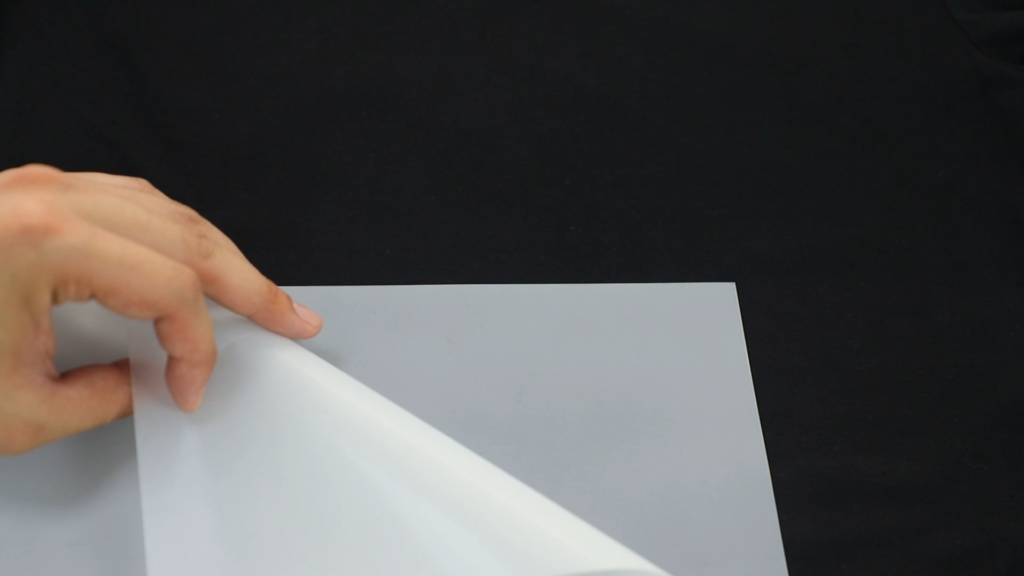
Tools for Optimizing DTF Films Storage
Enhancing your storage setup with specialized products can further extend film life:
- Resealable Storage Bags: Offer effective protection from moisture, dust, and contaminants while providing easy access.
- Parchment Paper: Placing parchment paper between films prevents sticking, eases stacking, and protects films from gravity-induced damage.
- Airtight Storage Boxes: Special cabinets or boxes maintain an optimal sealed environment, making organization easier.
- Dehumidifiers: Ideal for storage rooms, dehumidifiers help maintain the recommended humidity, preserving film integrity.
Implementing these recommendations will ensure your DTF films retain their quality and deliver consistent, high-quality printing results.
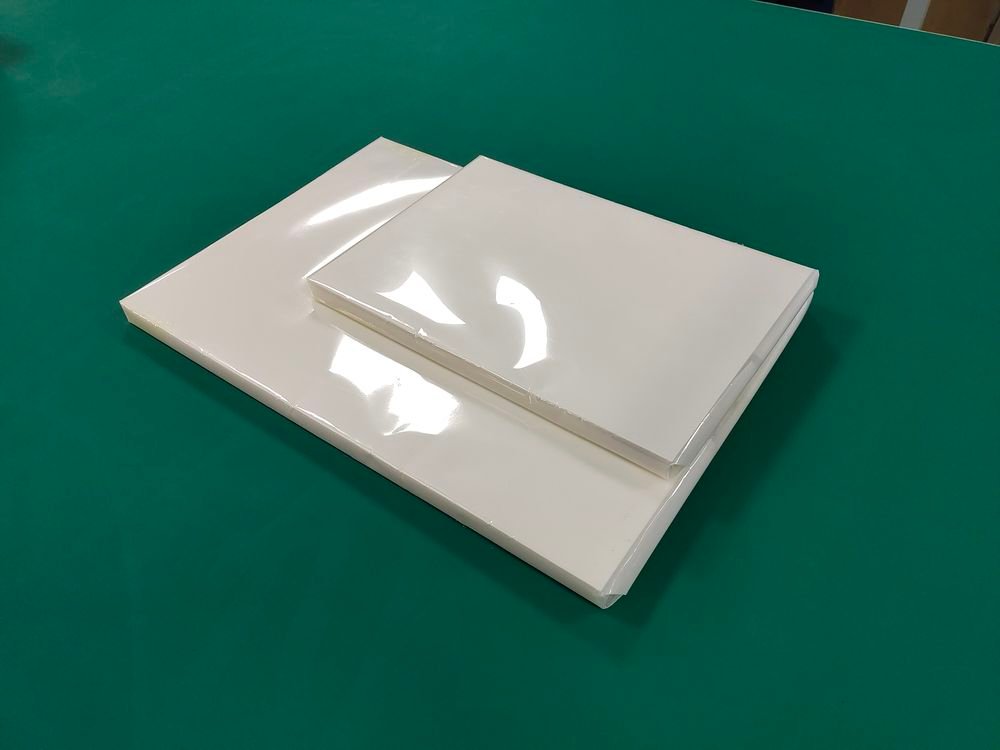
Conclusion
To ensure the longest possible life for your DTF films, store them sealed, flat, and protected from contaminants, extreme temperatures, sunlight, moisture, and harmful chemicals. Regularly inspect and test films before use, and consider using specialized storage tools to further protect and extend their usability.


